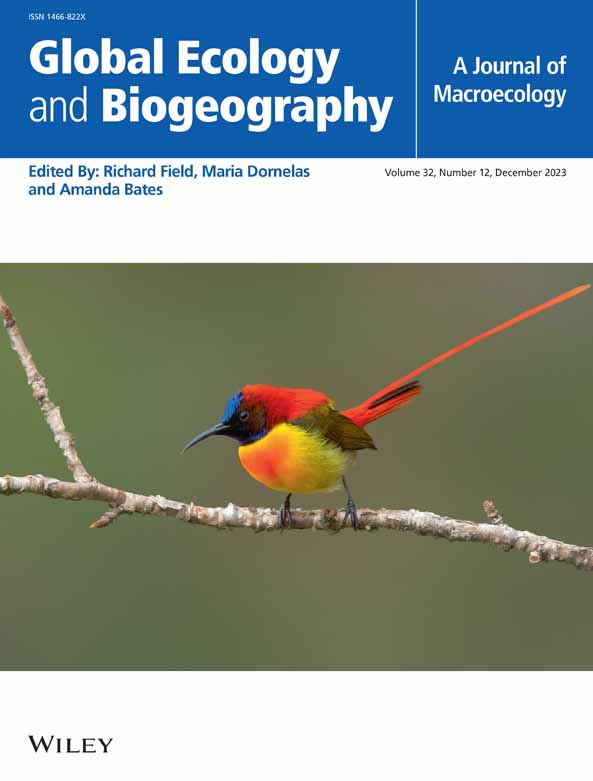Divergent Responses of Soil Positive and Negative Priming Effects to Experimental Warming
Abstract
Aim
The priming effect (PE) refers to changes in the decomposition of native soil organic carbon induced by exogenous carbon inputs. Specifically, an increase in native soil organic carbon decomposition is termed positive PE, whereas a decrease is referred to as negative PE. In this study, we aimed to investigate how positive and negative PE respond to experimental warming and the factors controlling these responses at a global scale.
Location
Global.
Time Period
2008–2025.
Major Taxa Studied
Soil organic matter priming.
Methods
We conducted a global meta-analysis combining 370 paired observations globally and calculated effect sizes (d) of experimental warming on soil positive and negative PE separately using the Hedge's d approach.
Results
Experimental warming induced a significant negative effect on soil PE. Further, positive and negative PE responded differently to increasing temperature: warming decreased positive PE and increased negative PE, lowering the effect size (d) of warming on overall PE. Soil pH and clay content had the strongest influence on variance in positive and negative PE under warming, respectively. The effect of warming on PE varied with ecosystem type: positive PE was more strongly inhibited in forests and croplands compared to grasslands, whereas warming significantly decreased the magnitude of negative PE in grasslands.
Main Conclusions
Our study reveals distinct responses of positive and negative PE to experimental warming, suggesting that PE may be lower under warming, with the effect size (d) depending on PE direction and ecosystem type. These findings highlight the importance of distinguishing positive from negative PE to improve predictions of soil organic carbon dynamics under climate warming.


 求助内容:
求助内容: 应助结果提醒方式:
应助结果提醒方式:


